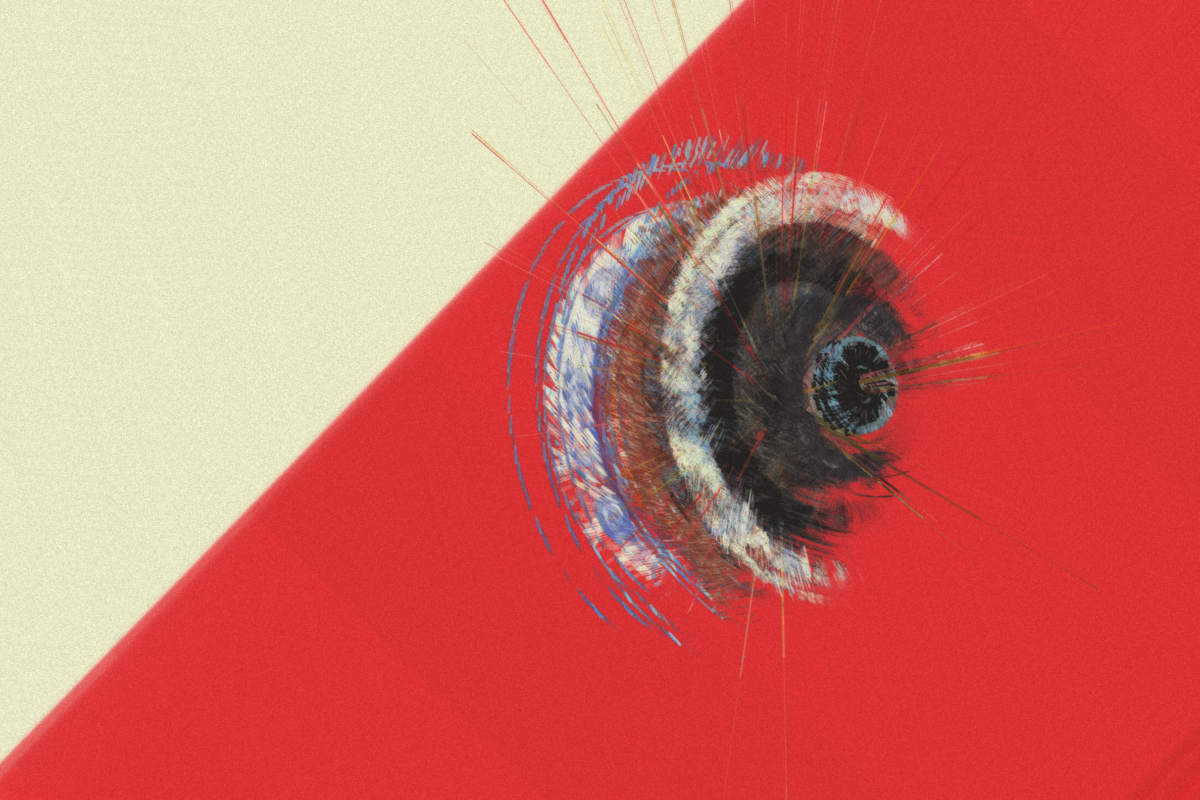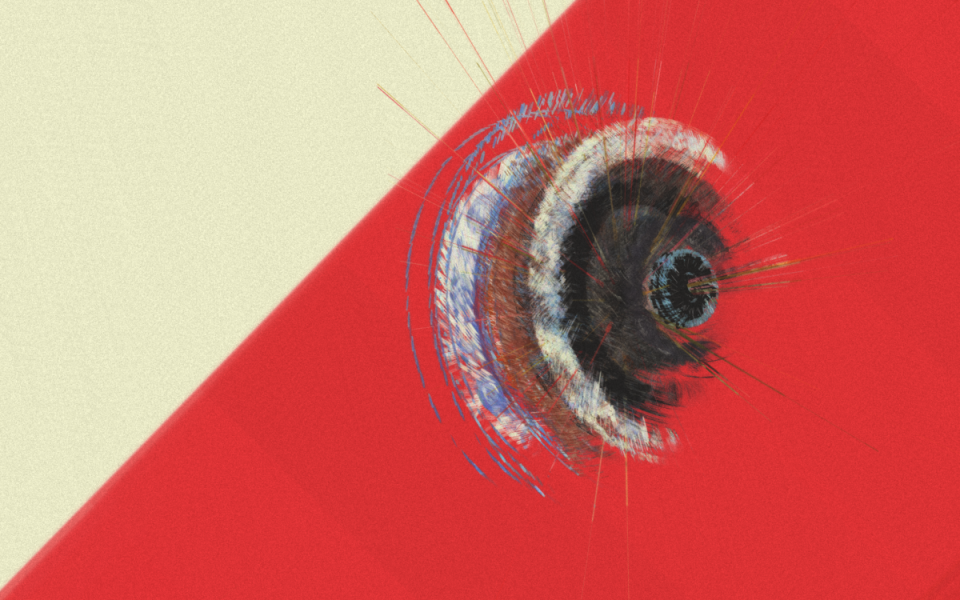Next Up: Marcelo Soria-Rodriguez on Emotions, Machines, and Art
As the digital space undergoes rapid evolution, the world of NFTs has garnered significant attention both for the innovative nature of the associated technologies and also as a result of extracting liquidity through riding various trends.
For artists like Marcelo Soria-Rodriguez, however, it’s not about jumping on the bandwagon; instead, it’s a continuation of a journey that began in the early 1990s. Coding on a 386 PC, experimenting with the earliest versions of tools like Macromedia Flash, and delving into musical compositions, Soria-Rodriguez’s technological odyssey has been rich and diverse.
Every week, nft now’s Next Up unveils a new artist from our curated list of ascendant talents who have been making significant waves throughout Web3. This week, we’re excited to feature Marcleo Soria-Rodriguez.
Marcelo Soria-Rodriguez
From his initial trysts with generative algorithms to his fascinating exploration of the interplay between human emotions and machine logic, his story is a testament to innovation, passion, and the timeless allure of art.
In an exclusive interview with nft now, Soria-Rodriguez unveils his captivating journey into the world of NFTs, the philosophy behind his art, and the wellsprings of his inspiration. His perspective offers a deep dive into the nuances of digital ownership, the power of generative techniques, and the boundless potential that emerges when art, emotion, and technology converge. Dive in, as we traverse the digital realms of an artist who believes that “art lives within emotion and reaction.”
gm // system B pic.twitter.com/tRcVSXZXQb
— Marcelo Soria-Rodriguez (@msoriaro) August 2, 2023
To understand the artist and his works in greater depth, we had the opportunity to sit down with Marcelo for a few questions on his journey.
nft now: How did you first become interested/involved in NFTs?
Soria-Rodriguez: I first knew about NFTs as a way to enable digital ownership and provenance in the late part of 2020, and decided to give it a try as a way to put out into the world the works I had been coding for the previous months.
I have been creating with computers since the early 1990s: 3d renders with POV Ray in a 386 PC with a coprocessor, interactive visual works with the early versions of Macromedia Flash, algorithmic works with Matlab (the tool I used in my engineering university courses), musical compositions with my 1st soundcard (Ad Lib!) and then a very much treasured Roland SCC-1 with now-defunct software such as Cakewalk… I dedicated my professional career to innovation and strategy and at some point in 2017-2018 I started coding again to create works that had no productive purpose, using Python at the time.

Then, in the lockdown nights of April-May 2020, I had to find an escape to some personal matters going on at the time and started coding and processing what ended up being my Art Blocks Curated release, Entretiempos. As I learned about NFTs in late 2020, I decided to put my work out there to see if it would stand the test of the public, and it kind of started doing well.
I believe the appearance of provable digital property has true potential for structural change in society. As such, the most relevant initiatives will not make waves in the short term, but hopefully, within some years we will look back and see constant, gradual, real change happening. Art is an excellent tool to explore new structures and a way to bring new mechanics to a wider audience. We need more education around it, though, to see a part of its potential realized.
To me, the relevant part most of the time is not the NFT itself, which for a vast majority of cases is used only for the provenance and proof of ownership, but the art or content or use case.
Marcelo Soria-Rodriguez
nft now: How would you describe your art?
Soria-Rodriguez: My work is mostly created using generative techniques, and more specifically my own manually-coded generative algorithms, although I have done some little things with generative AI as well.
I find generative techniques fascinating: they allow one to explore much further than one would do in their lifetime on their very own using other artistic tools. I find it a very useful technique to explore one of the interests I have, which is exploring the role of emotions in human-machine societies and the change we witness as synthetic beings come to interact with us and nature. I believe the contact with entities that exhibit behaviors that resemble intelligent acts will help us reevaluate our role in life and our own nature, our relationships with our environment, etc.
Generative art is perfectly situated to explore these new relationships, to process certain things in “machine logic” and to imbue them with human emotions. My body of work walks across these topics interrogating several questions that arise in that space. Since I work mostly in digital media, I also find it very interesting to explore the capabilities that come with it.
I like to think about the concept of the total cognitive space of any medium (the total space of possibilities that any system can yield in theory and in practice, given its degrees of freedom and structure, a concept I wrote an article about some time ago), and digital has an overlap of possibilities with physical media which I take as starting point, and usually go into directions can be more fully explored in digital media (interactivity, evolution, endless animation, etc.).
nft now: What’s your process like? And where do you usually find inspiration?
Soria-Rodriguez: I find inspiration in many various things. I like to observe my environment and to stop to think about what I see or how I react to the sensory input that surrounds me. It may be a musical piece, it may be a streak of light on a wall, it may be the dancing shadow of a tree’s leaves. It may be a natural disaster or a human catastrophe.
Anything can provoke an emotion and a reaction, and art lives within emotion and reaction.
Marcelo Soria-Rodriguez
Sometimes I want to express something in particular, sometimes I want to create something that moves me in the hope that it moves others. Sometimes I am just developing some thoughts and a work emerges from those. I typically arrive at an idea through those various ways of inspiration, and then I usually work with code to play with initial concepts trying to understand how the medium will shape the concept and which interplay can exist between them.
I usually spend quite a lot of time acquiring new skills during the creation of a new work. I am not an expert at any of them, but I like the idea of the final work showing all the imperfections of my imperfect technique. I don’t seek technical perfection in my work, my work is not about that, but I try to improve and learn constantly.
Aside from the topic of the artwork, I draw inspiration from anything that moves me in one way or another. Music is very important to me, but I am seldom able to translate all the emotional intensity of music over to a still work or a silent work.
Movement, and dynamism are very important, in my opinion, to allow for emotions and reactions to grow. We exist in time, and we are changing entities: we are not still beings, and our emotions are pure movement. That’s why I find music so powerful, or the dancing shadows I was referring to. The light changed over an entire afternoon. But movement can also be still. Color contrast, color play, shape contrast, etc. Life has a very diverse palette of elements to become interesting, and I try to learn from that.
The post Next Up: Marcelo Soria-Rodriguez on Emotions, Machines, and Art appeared first on nft now.

